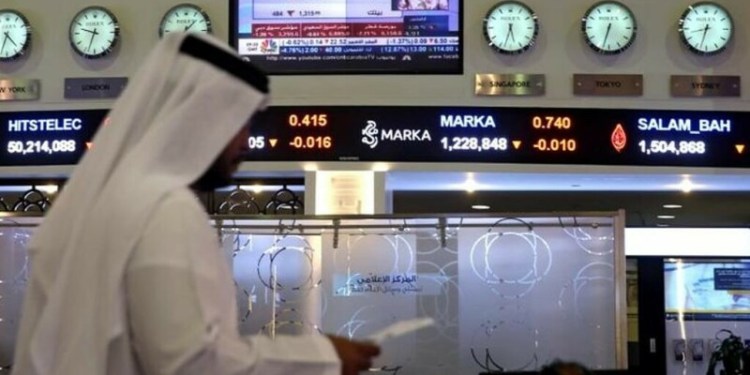 © Reuters. Czech crown banknotes are seen in this picture illustration taken in Prague
© Reuters. Czech crown banknotes are seen in this picture illustration taken in PragueBy Marc Jones
LONDON (Reuters) – A 40 percent surge in world tech stocks, a jump of almost a third in emerging markets and double-digit percentage gains for top commodities have given many investors their best year since the post-Lehman bounce of 2009.
Aside from and other crypto-currencies that have gained upwards of 1,500 percent, the biggest returns have come from internet-savvy FANG stocks, industrial metals and eastern Europe’s currencies, while the dollar has put in its worst year since 2003.
The other side of that coin has been the euro’s 13 percent rally as the European Central Bank has headed for the stimulus exit door and a second bumper year in a row for emerging markets.
That combination has put a euro satellite currency — the Czech crown — at top of the 2017 FX table. It got an early boost when its cap against the euro was scrapped, but strong growth and two rate hikes has seen it fly up almost 19 percent.
“You had perfect conditions this year,” said Aberdeen Standard Investments’ Kevin Daly. “Rising global growth, good news generally from China and Donald Trump has been less of an impediment on risk appetite than had been expected.”
It has all driven the broadest gauge of world stocks, MSCI’s 47-country All World index, up 20 percent. It has not suffered a single monthly drop, aided by the likes of Wall Street’s Jones which has hit roughly 70 record highs.
Emerging markets and the so-called FANGs – Facebook (NASDAQ:), Amazon (NASDAQ:), Netflix (NASDAQ:) and Google (NASDAQ:) – have made the most eye-catching moves though.
Facebook is up 54 percent, Netflix 53 percent,
MSCI’s emerging market index, which is now 25 percent China-weighted, is up 31 percent.
China stocks themselves are up 48 percent topped only by Poland at 49.5 percent. FANG pangs have boosted South Korean 44 percent despite its North Korea nuclear worries, while frontier markets – countries not yet in the developing bracket – are up 27 percent.
“A lot of the success of this year is in relation to the dollar weakness as it created an environment where investors were able to play the emerging markets to the full,” said ABN Amro’s chief investment officer Didier Duret.
POUND REBOUND
Back in the developed markets, Britain may be stuck in messy Brexit negotiations and an even messier domestic power struggle, but the pound has clawed back roughly half of the 16 percent it lost against the dollar last year following the Brexit vote.
It has still dropped another 3.7 percent versus the euro however, which makes it just over 17 percent in total.
An 11 percent surge in the last few months alone has given Toyko’s a more than 23 percent gain for the year on a dollar-adjusted basis, which puts its just a percent ahead of Wall Street’s .
In bonds, Germany’s Bunds and Italian BTPs have both made double-digits for investors at 13 and 16 percent, straddling the 14.2 percent from emerging market local currency debt. U.S. Treasuries, in contrast, have barely budged.
They have been some losers to keep the dollar company. Qatar stocks are down almost 14 percent having seen tensions rise with Saudi Arabia and Turkey’s lira has been pounded by rising inflation and political machinations.
Venezuelan bonds, one of the star performers in recent years, have been hit as the country has veered towards a default.
But commodities are another market which has had a bumper year.
, which is highly correlated to China’s fortunes, is up more than a quarter, oil has jumped over 13 percent, safe-haven gold has had its best year since 2011, while palladium has rocketed more than 50 percent.
“Finishing on such a high note makes next year rather challenging,” ABN Amro’s CIO Duret said. “We should enter 2018 year with a dose of prudence.”
Graphic: Global markets in 2017 – http://reut.rs/2BsZshI
Graphic: Emerging markets in 2017 – http://reut.rs/2Bv4Wsr
Graphic: Global currencies vs the dollar – http://reut.rs/2BuSw3S
Source: Investing.com



























